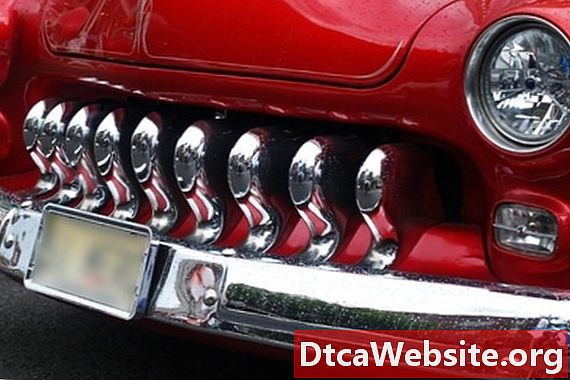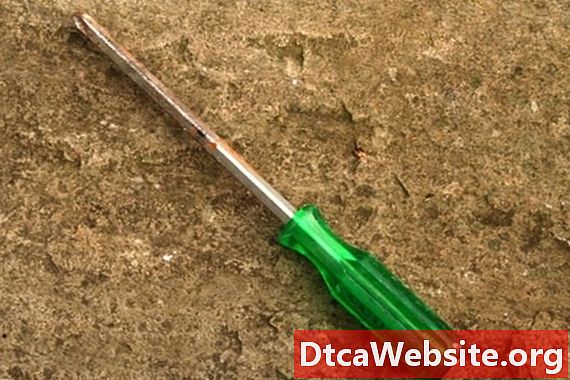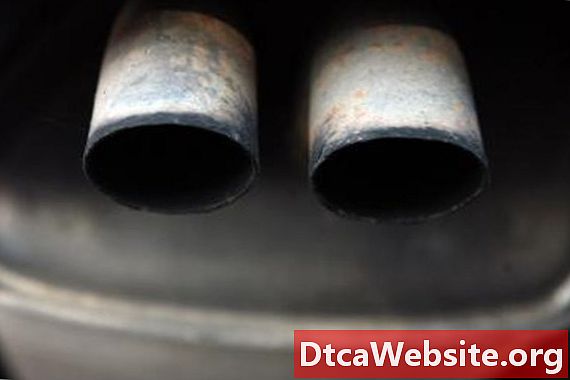
Contenu

While the physical appearance of vehicle matters a lot to the owner, cars are always getting damaged either while they are being used or while they are parked at parking lots. Repairs to damaged vehicles are usually done using body fillers. Body fillers are plastic materials that are used to fill small dents in the metallic parts of vehicles. They offer a fast and inexpensive way of restoring damaged cars. Before any filler application is carried out, the car part that was dented must first be restored to its original shape and form. This can be done by bumping, pulling and stretching.
Fiberglass Filler
This type of body filler is also known as resin. It is a durable polyester plastic mainly made of fiberglass or metal. The dent on the vehicle is sanded using a machine in order to remove dust. The dented part is then kept warm at around 680 degrees F to dry it completely. You can also choose to weld in a repair patch before the application of the fiberglass body filler. Fiberglass filler is then applied in layers on the dented part. Before the application of a subsequent layer, one should ensure that the previous layer is heated at 720 degrees F in order to cure the layer completely. The filler is finally smoothed. Fiberglass filler does not absorb moisture, which makes it ideal for repair of rusty parts.
Aluminium Filler
Aluminum body fillers began to be used in 1965. This body filler consists of aluminum metal particles. It has a long shelf life and it does not absorb moisture. However, the cost of aluminum body filler is very high and this limits its use in various applications. Among the advantages of using aluminum body fillers is that they do not shrink and they produce a very smooth finish on automotive parts. They are easy to work with and when cured they are harder compared to fiberglass body fillers.
Lightweight Filler
This type of body filler is commonly used for a wide range of applications mainly in repairs as it is easy to sand. It is applied at the final stages of repairing damaged parts of automobiles as a thin layer to provide a final layer level. It contains a high content of resin, which improves water resistance. Because of its light weight, it can be easily packed in paper bags and is easy to handle.


